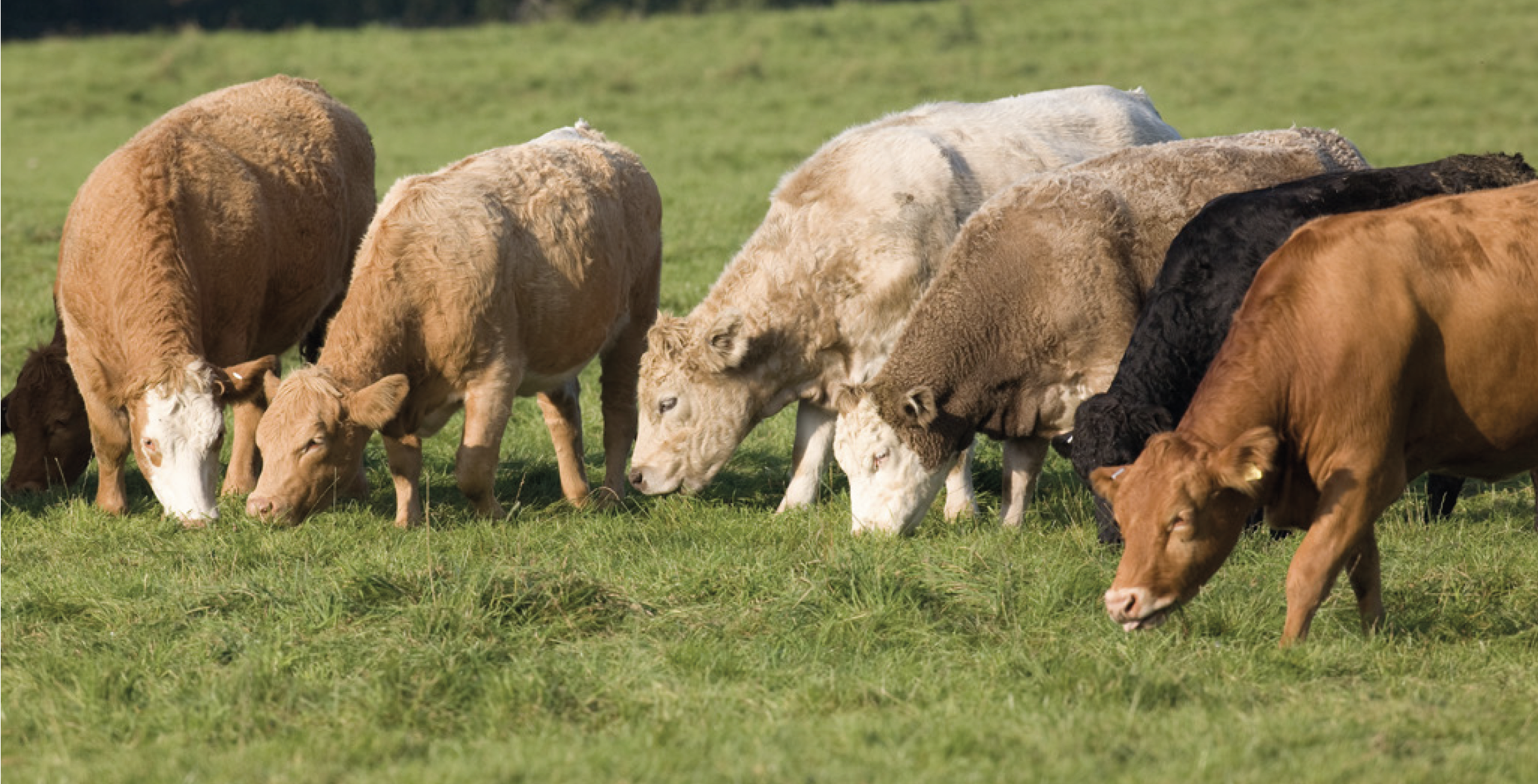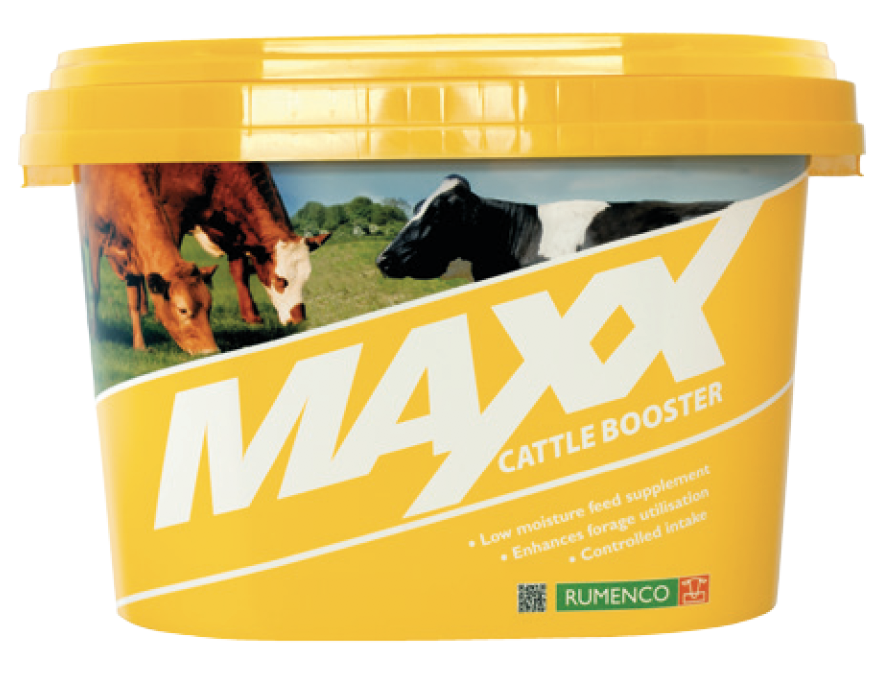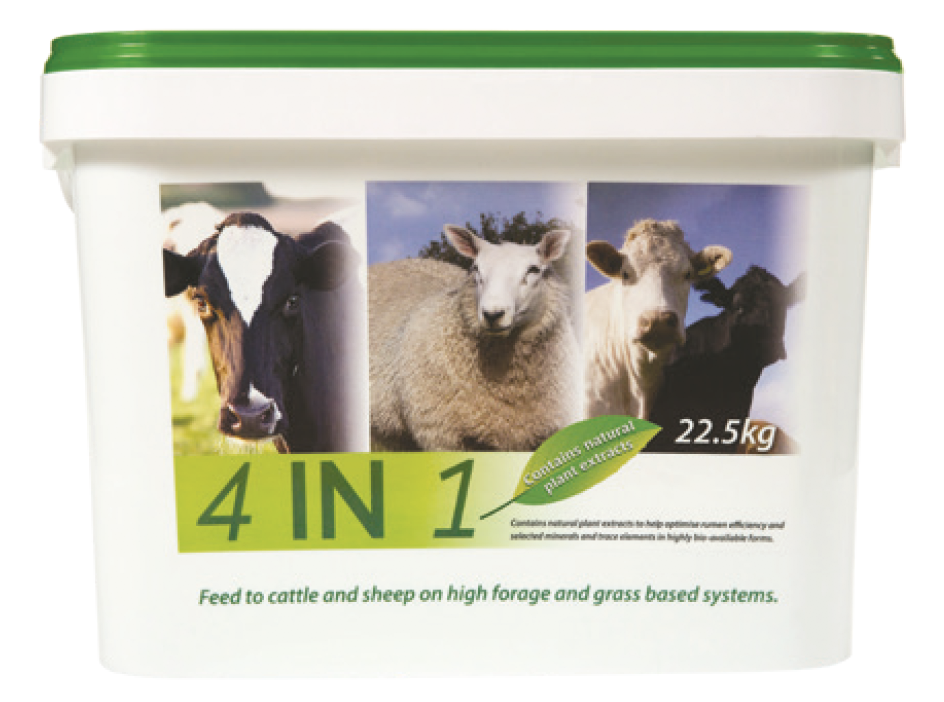Behaviour: Pica in Cattle
PICA IN CATTLE
In recent months, there has been a surge in reports of cows at grass exhibiting unusual behaviours, including eating and licking stones, soil, plastic objects and cow track surfaces. This unusual behaviour can be defined as ‘pica’.
 Whilst these cows may initially appear healthy, the unusual behaviours can have detrimental consequences on the animal, with the potential to cause gut damage/blockage and can lead to death if the behaviour is prolonged or if sick cows are left untreated.
Whilst these cows may initially appear healthy, the unusual behaviours can have detrimental consequences on the animal, with the potential to cause gut damage/blockage and can lead to death if the behaviour is prolonged or if sick cows are left untreated.
It is difficult to determine the exact cause of pica due to there being little definitive research however, the three most common causes of pica include; phosphorous and sodium deficiency or a shortage of long fibre in the diet. The recent surge in pica may have been caused by the exceptionally wet winter with nutrients being leached from soils, this combined with the very dry spring may have resulted in a lower mineral supply to grazing crops.
Phosphorous deficiency
Phosphorous deficiency can be common in dairy cows grazing pastures, studies have shown that during peak grass growing months phosphorous concentrations in grazing grass can be low compared to the requirements of the milking cow. A phosphorous deficiency can be diagnosed by a relatively cheap blood test taken from animals displaying clinical signs of pica.
Sodium deficiency
The use of fertilisers high in potassium (slurry) on grazing ground can potentially affect the sodium to potassium ratio that can result in a reduction in magnesium absorption. In addition, pastures are commonly low in sodium during the early summer months so unsupplemented animals may be at risk of deficiency. A forage mineral analysis of the grazing grass can give an indication of the sodium levels, alternatively a blood test may diagnose low sodium levels in milking cows.
Diets with low fibre
Rapidly growing spring and early summer grass may contain low levels of fibre compared to older more ‘stemmy’ grass. Fibre is a key driver for rumen health and function and when the total fibre in the diet is low, cows are at risk of acidosis leading to very loose manure and a drop in butterfat levels in the milk. If butterfat levels are at acceptable levels for the time of year, it could imply that pica symptoms are more likely to be caused by a mineral deficiency.
 Our solutions:
Our solutions:
In situations of drought or low grass supply, MAXX Cattle Booster can help support cattle at grass by delivering nutrients to support health and performance. The high sugar and balanced protein content can help complement grazing to support milk production and overall performance in milking cows. Furthermore, MAXX Cattle Booster contains 3% phosphorous and 1% sodium which can support stock requirements when low levels are supplied at grass.
4in1:
 If there is an adequate supply of grass and a mineral supplement is required, the 4in1 bucket can provide essential minerals, vitamins and trace elements to help balance potential deficiencies in grazing situations. The 4in1 bucket contains 4.5% phosphorous and 6% sodium which can support mineral imbalance within the animal.
If there is an adequate supply of grass and a mineral supplement is required, the 4in1 bucket can provide essential minerals, vitamins and trace elements to help balance potential deficiencies in grazing situations. The 4in1 bucket contains 4.5% phosphorous and 6% sodium which can support mineral imbalance within the animal.
For more information on products or to find a stockist please contact us at: technical@rumenco.co.uk